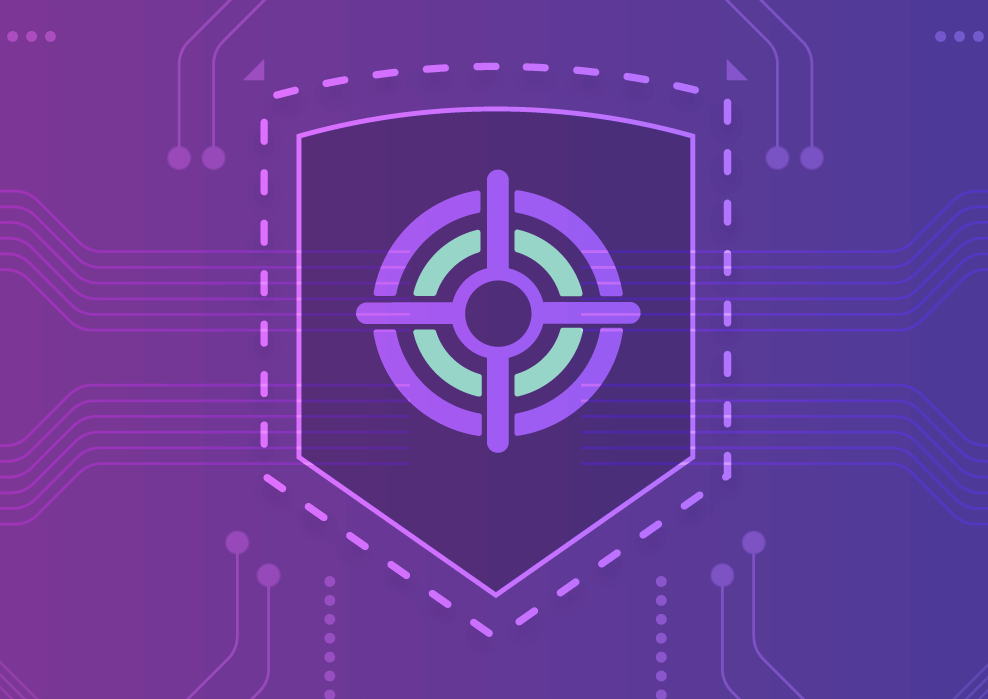1. EXECUTIVE SUMMARY
- CVSS v3 6.7
- ATTENTION: Exploitable remotely/low skill level to exploit
- Vendor: Siemens
- Equipment: UMC Stack
- Vulnerabilities: Unquoted Search Path or Element, Uncontrolled Resource Consumption, Improper Input Validation
2. RISK EVALUATION
Successful exploitation of these vulnerabilities could allow an attacker to cause a partial denial-of-service condition on the UMC component of the affected devices under certain circumstances. This could also allow an attacker to locally escalate privileges from a user with administrative privileges to execute code with SYSTEM level privileges.
3. TECHNICAL DETAILS
3.1 AFFECTED PRODUCTS
Siemens reports that some of the vulnerabilities affect the following UMC components. For a complete list of which specific vulnerabilities affect each of these products, please see please see Siemens security advisory SSA-841348:
- Opcenter Execution Discrete: All versions prior to v3.2
- Opcenter Execution Foundation: All versions prior to v3.2
- Opcenter Execution Process: All versions prior to v3.2
- Opcenter Intelligence: All versions
- Opcenter Quality: All versions prior to v11.3
- Opcenter RD&L: v8.0
- SIMATIC IT LMS: All versions
- SIMATIC IT Production Suite: All versions
- SIMATIC Notifier Server for Windows: All versions
- SIMATIC PCS neo: All versions
- SIMATIC STEP 7 (TIA Portal) v15: All versions
- SIMATIC STEP 7 (TIA Portal) v16: All versions prior to V16 Update 2
- SIMOCODE ES: All versions
- Soft Starter ES: All versions
3.2 VULNERABILITY OVERVIEW
3.2.1 UNQUOTED SEARCH PATH OR ELEMENT CWE-428
A component within the affected application calls a helper binary with SYSTEM privileges during startup while the call path is not quoted.
CVE-2020-7581 has been assigned to this vulnerability. A CVSS v3 base score of 6.7 has been calculated; the CVSS vector string is (AV:L/AC:L/PR:H/UI:N/S:U/C:H/I:H/A:H).
3.2.2 UNCONTROLLED RESOURCE CONSUMPTION CWE-400
Sending multiple specially crafted packets to the affected service could cause a partially remote denial of service, which would cause the service to restart itself.
CVE-2020-7587 has been assigned to this vulnerability. A CVSS v3 base score of 6.5 has been calculated; the CVSS vector string is (AV:N/AC:L/PR:N/UI:N/S:U/C:L/I:N/A:L).
3.2.3 IMPROPER INPUT VALIDATION CWE-20
Sending a specially crafted packet to the affected service could cause a partially remote denial of service, which would cause the service to restart itself.
CVE-2020-7588 has been assigned to this vulnerability. A CVSS v3 base score of 5.3 has been calculated; the CVSS vector string is (AV:N/AC:L/PR:N/UI:N/S:U/C:N/I:N/A:L).
3.3 BACKGROUND
- CRITICAL INFRASTRUCTURE SECTORS: Critical Manufacturing
- COUNTRIES/AREAS DEPLOYED: Worldwide
- COMPANY HEADQUARTERS LOCATION: Germany
3.4 RESEARCHER
Victor Fidalgo of INCIBE and Reid Wightman of Dragos reported these vulnerabilities to Siemens.
4. MITIGATIONS
Siemens recommends users upgrade affected products if upgrade are available for those products:
- Opcenter Execution Discrete, Foundation, and Process: Update to v3.2 or later
- Opcenter Quality: Update to v11.3 or later
- Opcenter RD&L: Update to v8.1 or later
- SIMATIC STEP 7 (TIA Portal) v16: Update to v16 Update 2 or later
For products that do not have an update, Siemens has identified the following specific workarounds and mitigations customers can apply to reduce the risk:
- Run the software on systems within trusted networks
- For CVE-2020-7581, ensure there is no executable at the following locations:
- C:\Program.exe
- C:\Program Files\Common.exe
- C:\Program Files\Common Files\Siemens\Automation\Simatic.exe
As a general security measure, Siemens strongly recommends protecting network access to devices with appropriate mechanisms. To operate the devices in a protected IT environment, Siemens recommends configuring the environment according to Siemens’ operational guidelines for Industrial Security and following the recommendations in the product manuals.
CISA recommends users take the following measures to protect themselves from social engineering attacks:
- Do not click web links or open unsolicited attachments in email messages.
- Refer to Recognizing and Avoiding Email Scams for more information on avoiding email scams.
- Refer to Avoiding Social Engineering and Phishing Attacks for more information on social engineering attacks.
CISA reminds organizations to perform proper impact analysis and risk assessment prior to deploying defensive measures.
CISA reminds organizations to perform proper impact analysis and risk assessment prior to deploying defensive measures.
CISA also provides a section for control systems security recommended practices on the ICS webpage on us-cert.gov. Several recommended practices are available for reading and download, including Improving Industrial Control Systems Cybersecurity with Defense-in-Depth Strategies.
Additional mitigation guidance and recommended practices are publicly available on the ICS webpage on us-cert.gov in the Technical Information Paper, ICS-TIP-12-146-01B–Targeted Cyber Intrusion Detection and Mitigation Strategies.
Organizations observing any suspected malicious activity should follow their established internal procedures and report their findings to CISA for tracking and correlation against other incidents.
No known public exploits specifically target these vulnerabilities.
Source:
